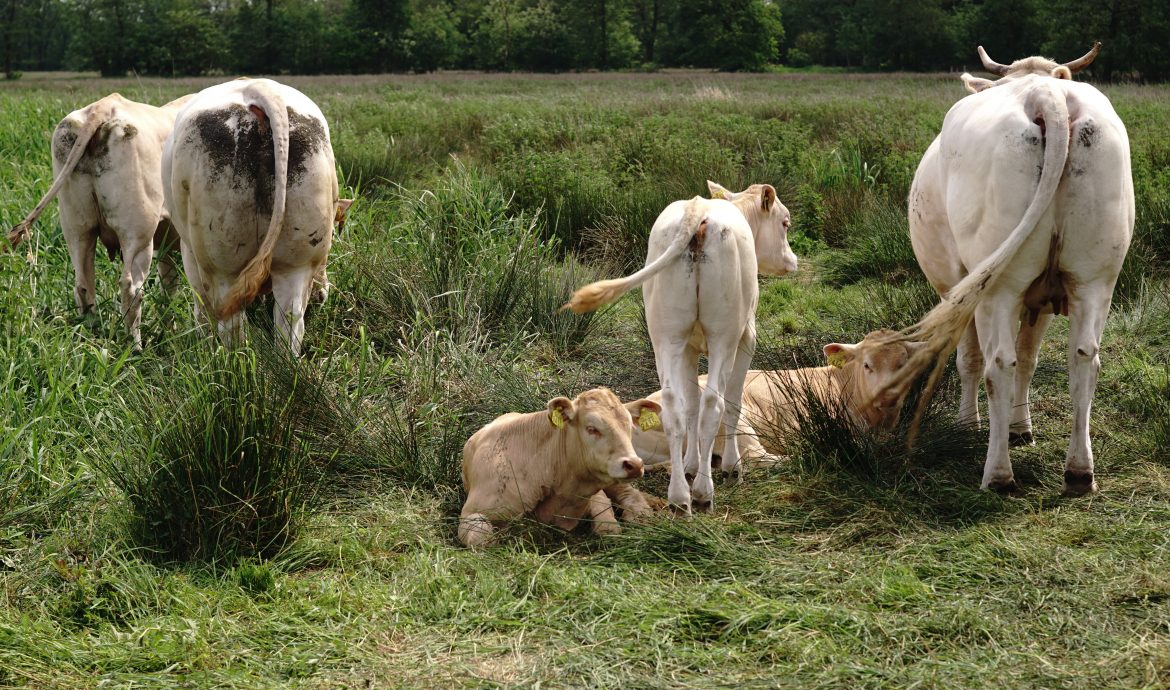
Creativity: a must-have resource in the animal rights movement
animal advocacy . creativity explained . missionReading time: 4 minutes
In my mind, factory farming has always been the worst nightmare I could ever imagine. One that makes The Saw look like a movie for toddlers, but unlike the Saw, it happens for real and affects billions of lives. Even though animal advocates from all over the world keep looking for solutions, the fight is tough. Ultimately, we have no guarantee of how and when we will create a vegan world. But perhaps we are forgetting about something that could give a boost to our collective effort?
Why should we end factory farming?
What we do to non-human animals is probably one of the most uncomfortable facts about our kind. Ironically, we have no intentions of doing harm. Yet, we still buy animal products, reinforce unethical social norms, and rarely donate to effective charities. Raising animals for meat and dairy is a huge issue that needs to be addressed. One could argue, though, that we should rather focus on other pressing causes, such as the immigration crisis or global poverty. Sure, multiple problems need to be solved. But this doesn’t mean that we can set animal suffering aside. According to EffectiveAltruism.org, there are three main reasons to tackle factory farming:
- Animal suffering is large in scale: to get an idea of this, try to imagine the following: Take our planet with its entire human population and copy-paste it six times. The total population on six Earths would be equal to the number of animals raised and slaughtered globally EACH YEAR (50 billion). My imagination simply gives up with these numbers.
- Animal welfare is neglected: again, challenging to imagine, but maybe this example will work. Can you picture the view from Eiffel Tower? The impact it has on you? If not, have a look at the image below. Now, let’s assume that the total philanthropic budget in the US alone would make a pile as high as the Eiffel Tower. How high would be the pile spent on farmed animals? The view from the top of it wouldn’t bother even the most acrophobic visitors: 9 centimeters (0.03% of the total budget).
- It seems like we can make progress: “seems” is the crucial word here. EffectiveAltruism.org informs that some interventions appear to work but also emphasizes that evidence is very scarce. For example, negotiating with companies to decrease their impact on animal suffering seems to work well. Importantly though, EffectiveAltruism.org doesn’t mention one promising way that could bring us a breakthrough: creative thinking.

How can we end factory farming?
Creative thinking is almost like a solution in itself, because it enables us to generate endless possibilities and provide an infinite number of solutions to a problem. We can think of it as a tool or strategy that laid the foundations for the modern world. Look at how much longer and more comfortably we live than our ancestors, and how we spread the news and learn at unbelievable speed. Apart from that, we’ve created perfectly safe and sheltered environments to live in, but we also found ways to access the remote universe. In general, we developed much more than necessary for our basic survival. It took many people and many steps to make all inventions come true, but importantly, it started with someone (or rather, multiple “someones”) who engaged in creative thinking at some point.
Creativity fosters change and innovation, and so it is valued in business [1][2]. Creative thinking is the process of generating new and useful ideas. It involves coming up with multiple alternative solutions to the problem. The more diverse the solutions you generate, the higher the chance that some of them will hit the sweet spot: the combination of high novelty with high usefulness. And because the pathways to the vegan world need yet to be uncovered, this is precisely what we should aim for: as many new and useful solutions as possible. And so, the more we cultivate our creativity, the better animal advocates we can become. Because animal advocacy is creative problem-solving. What else could bring us to the end of factory farming faster?
How to become a more creative problem solver?
So how to reach these truly creative ideas, you may be wondering. How to sustain creativity in everyday hustle and bustle? And which methods of boosting creativity have been proven to work? The answers are not so easy to find if you are not a researcher. But creativity has always fascinated me, so I seized every chance to study it, since the very start of my psychology degree. I am not a full-time animal advocate, but I am a researcher. Just like in a good team, I believe that as a movement, we need to share responsibilities and rely on each other’s expertise. So my plan here is to introduce you to creative thinking and help you understand how it works. All the rest is up to you, and my great hope is that you will be able to find the most creative solutions yourself, once you learn more about creativity.
Are you in? 🙂
2 comments
This site uses Akismet to reduce spam. Learn how your comment data is processed.

Leave a Reply